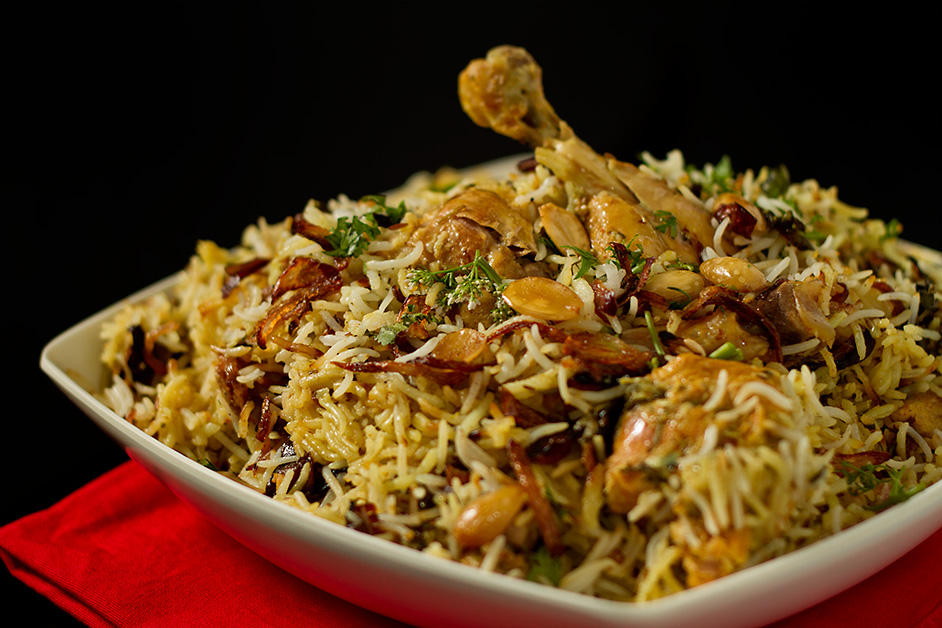Rising Food Prices Threaten Chicken Biryani’s Reign as a Beloved Dish
Inflation has become a growing concern in recent times, affecting various sectors of the economy, including the food industry. One particular food item that has experienced a significant increase in price is homemade chicken biryani. As the cost of ingredients continues to rise, it begs the question: How does homemade chicken biryani prices fare against inflation?
The impact of inflation on the cost of making chicken biryani at home and its implications for consumers.
The Rising Tide of Food Prices
According to data tracked by the PBS for CPI calculation, readymade food prices witnessed a staggering 45 percent year-on-year increase in March 2023. This surge in prices is not isolated to readymade food alone, as general food inflation also rose by 43 percent during the same period. These two categories have demonstrated a strong correlation over the past 18 months, indicating the impact of rising prices on overall inflation.
The Changing Dynamics of Chicken and Rice Prices
The trajectory of readymade food prices, especially chicken-based items like chicken biryani, has evolved over time. In the past, rice and chicken prices remained relatively stable, with predictable fluctuations that kept production costs within a narrow range. However, in recent years, the prices of rice and chicken have skyrocketed, surpassing previous expectations. This unexpected price hike has significant implications for the affordability of chicken biryani, a beloved dish in many households.
Weightage of Readymade Food in CPI Basket
Readymade food holds considerable weightage in the CPI basket, accounting for 5.5 percent. Among the ten items tracked by the PBS in the readymade food category, four are chicken-based, including cooked chicken (gravy), chicken pizza, chicken roast, and chicken biryani. Although the exact weightage of each item is not available, it is safe to assume that chicken-based items have a substantial collective influence on the overall readymade food category.
The Unavoidable Cost Increase
The reasons behind the surge in poultry and rice prices have been extensively discussed, highlighting factors such as mismanagement and uncontrollable circumstances. Unfortunately, the consequence of these price increases is the growing challenge of affording chicken biryani, which was once considered a staple dish in many households. Based on a basic biryani recipe, the cost of making chicken biryani at home for six people has surged by 45 percent, amounting to Rs900. This increase deviates significantly from the ten-year average year-on-year increase of 4 percent prior to the COVID-19 pandemic.
Threats to Biryani’s Position
The impact of rising prices extends beyond the affordability of chicken biryani. With readymade food featuring consistently in the top-10 items of the CPI basket, the purchasing power of consumers has been severely affected. This situation has the potential to threaten the position of biryani as an everyday food. Previously, biryani was considered a special dish reserved for large gatherings, but the current inflationary pressures could lead to its decline in popularity.
The surge in inflation and rising food prices have significantly impacted the cost of homemade chicken biryani. The once-affordable dish has become increasingly expensive, challenging the budgets of households across the country. As chicken and rice prices continue to rise, it is crucial to address the underlying factors contributing to this inflationary trend. Without better management and measures to control price increases, cherished dishes like chicken biryani may slowly fade away from everyday consumption. It is essential for policymakers and stakeholders to take proactive steps to ensure the affordability and availability of this beloved culinary delight.






